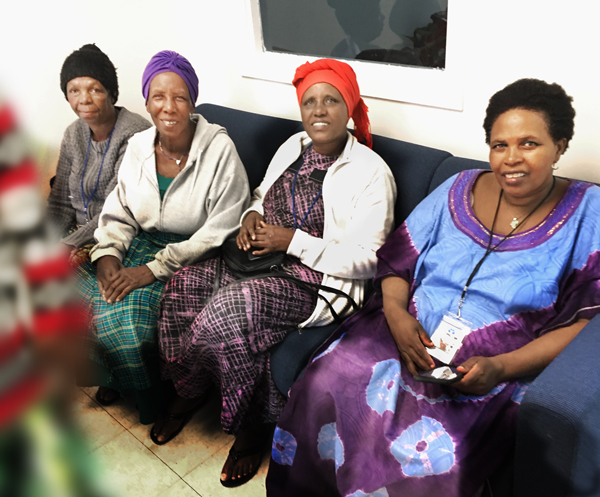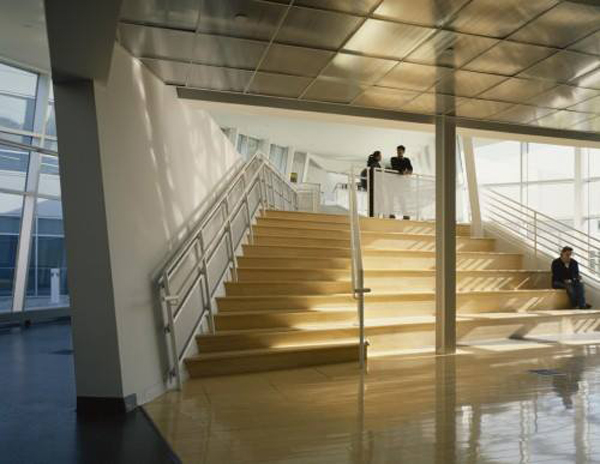70-Year-Old College Freshman
African Women Learning English
 Nobody wants these women to speak the English language more than they do.They know better than anyone that their futures depend on achieving a certain mastery of the language we speak.
Nobody wants these women to speak the English language more than they do.They know better than anyone that their futures depend on achieving a certain mastery of the language we speak.
Some years ago there was an ad for volunteers to tutor immigrants studying English. I responded and found it to be a good fit.
Working with newcomers from a dozen countries started me wondering what it takes to learn a language from scratch. I’ve invested six years trying to answer that question.
Taking a introductory course in Spanish at a community college got me ready to study in Spain. (No reason this shouldn’t be fun, I told myself.) I’ve followed up with classes, evenings of conversation and reading lists ever since.
Unlike my clients I’m under no pressure to nail a language to land a job — and a good thing too. If you ask me a question in Spanish there’s still a better-than-even chance I’ll ask you to repeat it. Sometimes I nod and just pretend to understand.
It’s easy to forget that we learn our childhood language over decades. Our mistakes are seen as normal and even cute. But these Africa immigrants are confronted with an immediate, real-life crossword puzzle of nouns, verbs and adjectives wrapped in contradictions and exceptions. It’s more difficult than I had expected.
But I’m here to predict success for the four of them.
With patience and effort, they will undergo a change that borders on miraculous. Breakthroughs in language often occur at the moment a student is about to despair.
At some point intuitions, hunches and wild guesses prove to be correct more often than not. Patterns become familiar. Word associations kick in. Numbers can be understood. Nuance comes into play and jokes start to make sense.![]()
Brandenburg Concerto and the Presence of God
Professor Bob told our class if you listen to the Bach Brandenburg Concerto No. 2 as loud as possible while driving on a dark stretch of interstate highway, especially if you’re drinking decent whiskey, you’ll experience the presence of God.
Nothing happened until we crossed the state line leaving Indiana and entered Illinois.![]()
Oakton Campus descripton
Just Your Average 68-Year-Old College Freshman
The campus of our local community college sits in the next suburb over. For most of us students, it’s a short drive to the two-story, y-shaped building.
It’s a humanely engineered space that’s all glass and angles and sunlight.
It originally served as a high school with the needs of teenagers in mind. But its abundance of restrooms seemed to have anticipated us older, prostate-challenged scholars and, as a throwback to gentler times it has plenty of drinking fountains.
There are large multi-function conference rooms throughout the campus and I reserved one when my Earth-Science lab team needed a long flat surface to assemble our 5-meter (16.4 feet) geological timescale. It amazed my young partners that a lowly freshman, including them, could approach the school’s staff for special accommodations.
That may have been a lasting lesson they took away from the assignment.![]()
.



